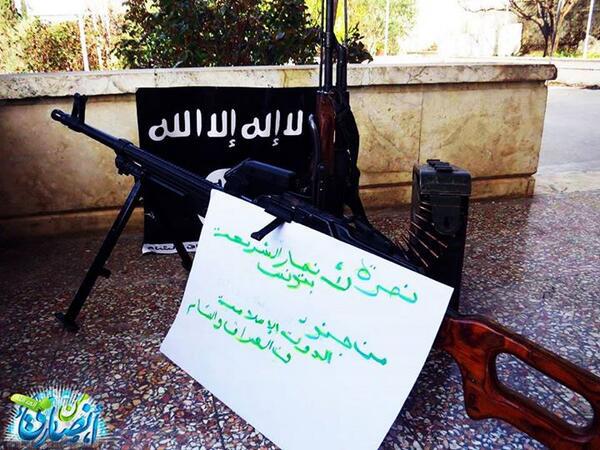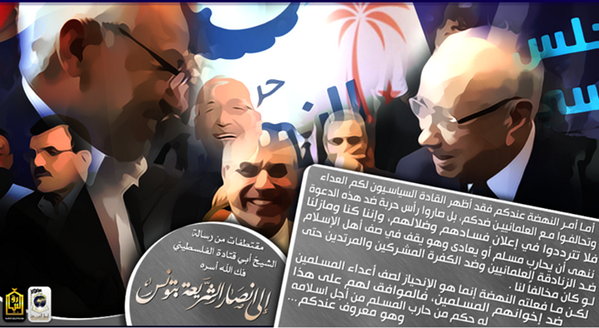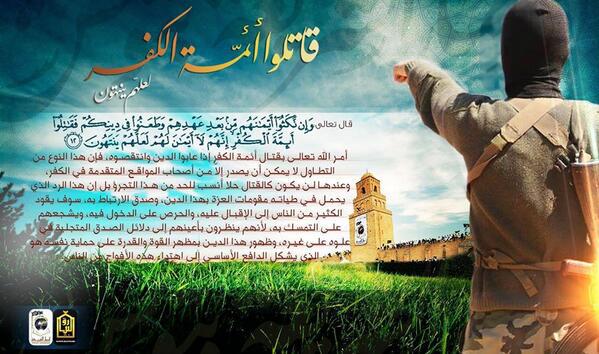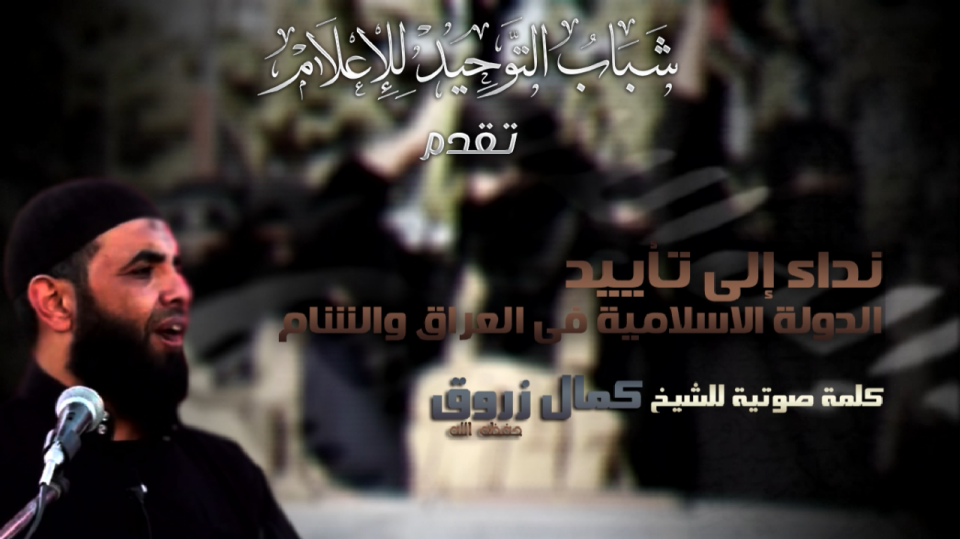
Over the past two years, global attention has shifted to Syria and Iraq with the rise of Jabhat al-Nusra and the return of the Islamic State of Iraq and al-Sham (ISIS). However, nearly one thousand miles to the west, Ansar al-Sharia in Libya (ASL) has continued its work of facilitating a future Islamic state since the spectacular attack on the American consulate in Benghazi on September 11, 2012.
Initially, ASL launched a highly sophisticated program of dawa(outreach) which included the provisioning of social services both inside and outside of Libya. This has provided it with an avenue for local support. But since Libyan General Khalifa Haftar announced a major offensive against Islamist armed groups in eastern Libya in May 2014 (codenamed Operation Dignity), ASL has focused primarily on military action. ASL’s fortunes have dropped dramatically in the process, further exacerbated by the death of its leader, Muhammad al-Zahawi, confirmed in January 2015, and ISIS’ intensification of its efforts to create a Libyan base independent of ASL since November 2014. Set in this context, this piece will examine the ebb and flow in ASL’s fortunes.
In many ways, ASL followed the model of Ansar al-Sharia in Tunisia (AST), viewing its outreach and social services campaign as an important part of establishing and building not only an Islamic society, but an eventual Islamic state governed by its interpretations of Sharia (Islamic law). In contrast to the Libyan government, which is often corrupt, incompetent, or extractive, ASL worked to convince the local population of its own competence and benevolence. Critically, this helped it win greater public support.
In addition to ASL’s reach across Libya, from Benghazi, Tripoli and Ajdabiya to Sirte, Darna and the Gulf of Sidra, among other smaller locales, it has also operated abroad. Most notably, it has dispatched operatives to Syria, Sudan and Gaza to assist in humanitarian relief efforts. This has added a whole new layer to the meaning of global jihad and how various groups might try to engage populations outside their local areas of operation.
ASL has enjoyed a number of identities as an organization: On the one hand, it has been a charity, a security service, a health service and a religious education provider; on the other hand, it is also a militia, a terrorist organization and a training base for foreign jihadists. In recognition of this complexity, this analysis looks at the full spectrum of the group and teases out ASL’s dawa campaign locally and globally; its hopes and future plans based off of its dawa literature on aqida (creed) and manhaj (methodology); its training of foreign fighters for the Syrian conflict as well as for the conflict with General Haftar; and, the rise of ISIS as a competitor. In sum, this essay seeks to provide a comprehensive view of ASL in its fourth year of existence.
The Dawa First Strategy
In the aftermath of the Arab uprisings, most specifically in countries like Egypt, Libya and Tunisia where regimes were fully overthrown, the public sphere opened. These countries also represented a fresh start and laboratory for a new jihadi campaign in the wake of al-Qaeda in Iraq’s (AQI) failures at controlling territory and instituting governance last decade.
For example, al-Qaeda leader Ayman al-Zawahiri thought that this new environment provided an opportunity “for dawa and informing…Only God knows for how long they [local governments and the West] will continue, so the people of Islam and Jihad should benefit from them and exploit them.” In the same audio message, he further emphasized the superiority of Sharia over all other legal systems and laws. Zawahiri also endorsed the liberation of Islamic lands, opposed normalizing relations with Israel and underscored the importance of “cleansing the lands” of financial and social corruption.
In 2004, the foremost respected Sunni jihadi ideologue alive today, Abu Muhammad al-Maqdisi, wrote Waqafat ma’ Thamrat al-Jihad (Stances on the Fruit of Jihad) in an attempt to steer the jihadi movement away from the abuses of his former student and AQI leader, Abu Musab al-Zarqawi. In the book, Maqdisi examines the differences between what he describes as qital al- nikayya (fighting to hurt or damage the enemy) andqital al-tamkin (fighting to consolidate one’s power). Maqdisi argues that the former provides only short-term tactical victories whereas the latter provides a framework for consolidating an Islamic state. Implicit is Maqdisi’s emphasis on the importance of planning, organization, education and dawa.
The formation of ASL along with its sister organizations in Tunisia (AST) and Egypt (ASE) were seen as logical conclusions and implementations of Zawahiri’s and Maqdisi’s ideas. In short, these groups selected a dawa-first strategy instead of a jihad-first strategy. As a result, one of the main avenues through which ASL advanced its ideas was its social services programs. This cultivation of followers in a broad fashion – in contrast to the more vanguard-oriented organizations that have been involved in jihadism in a local, regional, or global capacity over the past 30 years – was seen as a new way to consolidate a future Islamic state.
At first, this approach appeared to forge a new and successful way forward for the jihadi movement, with an unprecedented number of individuals joining ASL and AST. Over the past two years, however, thisdawa-first approached has backfired. Within a month of Abdel Fattah el-Sisi’s coup d‘état in Egypt in early July 2013, all of the key members ofASE had either been arrested or had been forced to link-up with Jama’at Ansar Bayt al-Maqdis’ growing insurgency in northern Sinai. Still others had fled to Syria to join the jihad against the Bashar al-Assad regime. Less than two months later, at the end of August 2013, the Tunisian government designated AST as a terrorist organization and proceeded to dismantle it via widespread arrests. As a result, some Tunisians left for Libya and joined up with ASL while others went to Syria and joinedISIS.
As for ASL, once General Haftar launched his war against them, it too mostly stopped conducting regular dawa. The dawa events it did sponsor were publicized after the fact and related to providing meat and food to the poor and needy during Ramadan, Eid al-Fitr and Eid al-Adha in the summer and fall of 2014. Instead, much of what has been published by ASL since then has been related to the fighting with General Haftar’s forces. Additionally, while still boasting of members in other cities, ASL has confined the vast majority of its military operations to Benghazi. And while ASL has not disintegrated like ASE or AST, its capacities have been severely degraded, providing ISIS with an opening in the fall of 2014.
Click here to read the rest.












